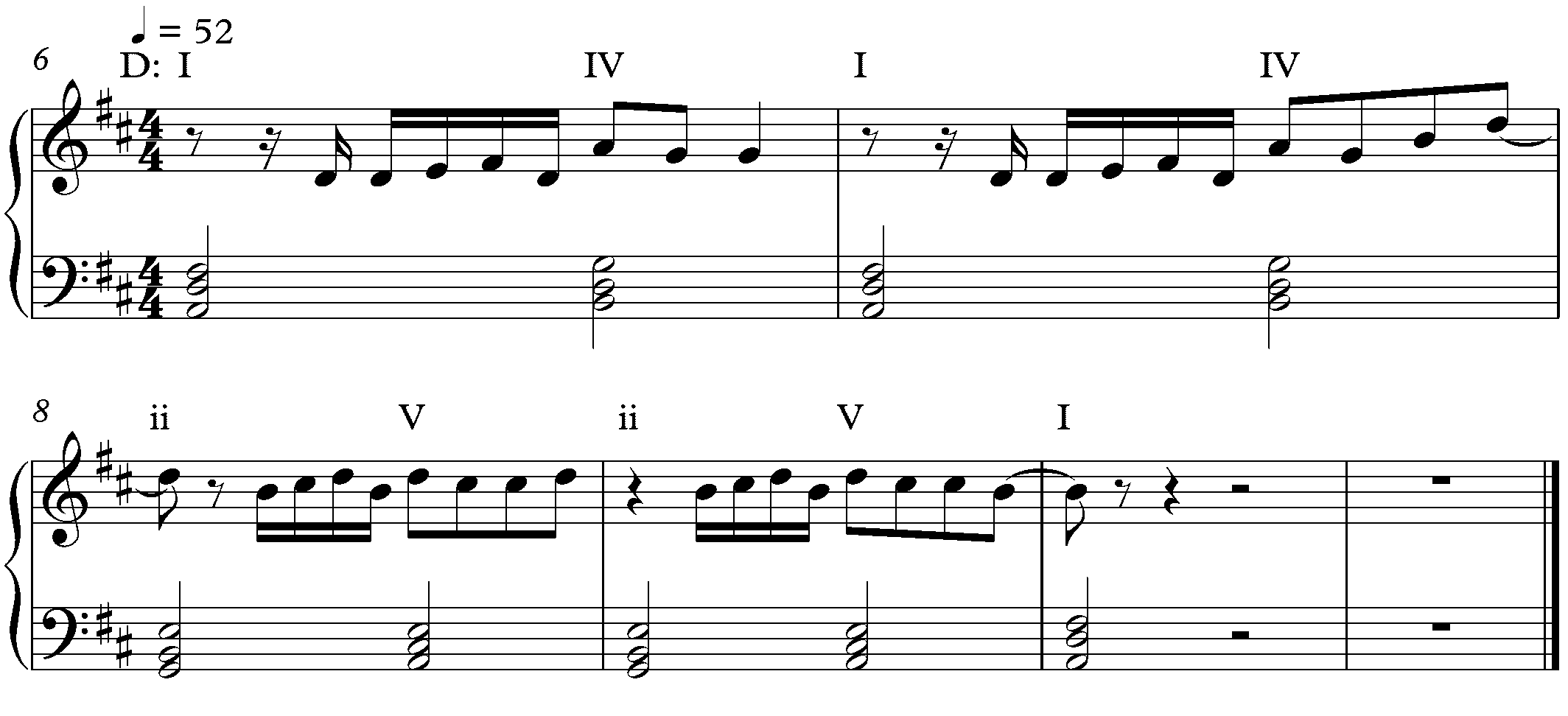Colin Holter of NewMusicBox asks in a post:
Have you ever read a piece of serious writing on the attitudes of the elderly toward classical music?
And Molly Sheridan echoes the question over at Mind the Gap:
In what other market would we try and sell an experience to a rarely interested buyer while simultaneously overlooking those demographics that have demonstrated a high affinity for it?
The idea is that perhaps classical institutions should be putting their efforts into courting older people instead of hoping to attract younger people because it’s clear that younger people don’t give a crap. While this sounds like a solid idea, there are a number of aspects to it that are being ignored and even Sheridan admits that “these are not perfect questions.”
Possibly the biggest error in this line of reasoning is overlooking that everyone actually does this. As a commenter at Mind the Gap claims:
Marketers are constantly chasing the elusive younger demographic that doesn’t watch TV while ignoring the older (and wealthier) folks who do.
Remember Joe Camel? He was a cartoon camel who lost his post as mascot for Camel cigarettes because it was feared that he marketed the product too directly toward young people. I admit that I’m making an assumption here myself, but I doubt one could find any industry where a significant portion of the marketing wasn’t aimed at a demographic that currently has no interest in the product. Afterall, why bother marketing to people who will buy your product regardless? Sounds like a waste of money to me.
In fact, this even occurs in the industry that classical music most wishes it could be as successful as: pop music. I’m not even referring to boys bands and their ilk but even successful non-classical bands with a markedly less commercial approach do this. One of my favorite bands, Thursday, admits in an interview:
It’s a weird situation to be in. If we just relied on our fans growing up to have a career, it would be impossible. We’ll be playing in a town and go out for dinner that night and the waitress will have a Thursday tattoo and be like, “Oh wow, I don’t go to shows anymore or buy albums, but I still love you guys.” And it’s like, it’s nice that you still love us, but you’re not coming to see us, or getting our record. I’m sure we have a lot of fans who have since grown up and still have a soft spot in their hearts. But generally I think older people get less and less involved in music. Cause when you’re younger, it’s your whole culture.
I think it would be great if young kids were digging us, because, I don’t know, maybe I could pay rent next month.
The difference in Thursday’s case is that the aging fans they can count on are no longer willing to dish out money while classical music fully expects only these older fans to dish out money but the general idea is the same: Thursday needs to constantly court a new demographic to survive.
Holter mentions in his post that “we can agree that it is thought that the patrons of classical music in the United States are old and getting older,” which may be the most telling sign of where all this comes from. This isn’t “conventional wisdom,” it’s fact. That link, from Greg Sandow’s blog, I’m fairly certain, doesn’t even come close to all the evidence Sandow has posted over the years. While I don’t know Holter at all, even in writing, and am so reticent to pass judgement on him, I still feel inclined to speculate that his refusal to flat out accept this fact could be evidence that he wants to deny that there’s a problem. In that light, why wouldn’t the classical world spend all it’s time going after old people? If there’s no problem, if the industry can count on people spontaneously becoming engrossed in classical music once they hit 60, even those who have never listened before, then there’s really no reason to focus so much on procuring a new young audience.
And, if I had time, I might get into the fact that everything about how the classical world operates already seems geared toward old people. Just look at the programs that largely mimic the programs that were being used 60-70 years ago; is that an appeal to young people or to people who were alive back then? I’m sure I don’t need to extrapolate much further than that in order for anyone to get my point.


Recent Comments